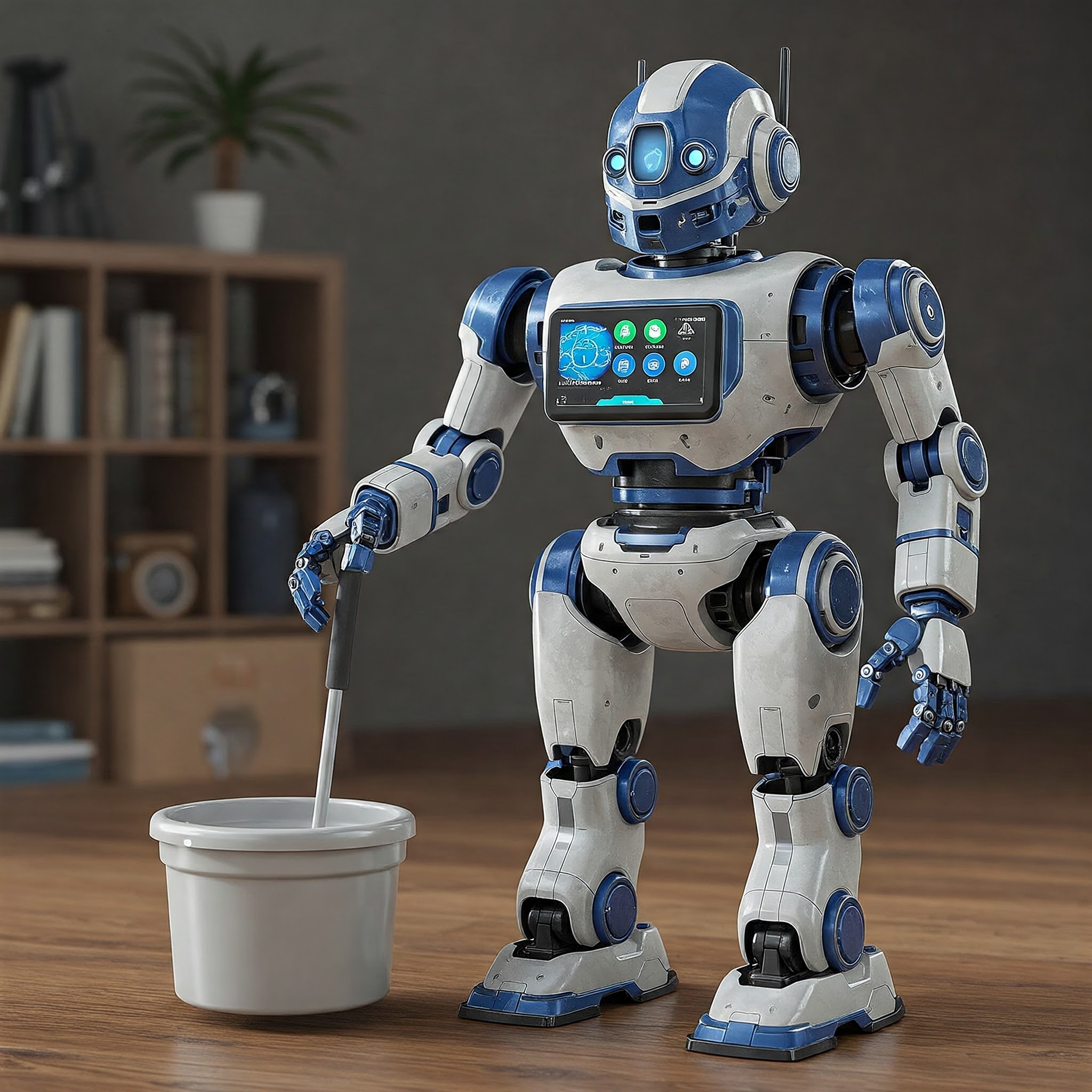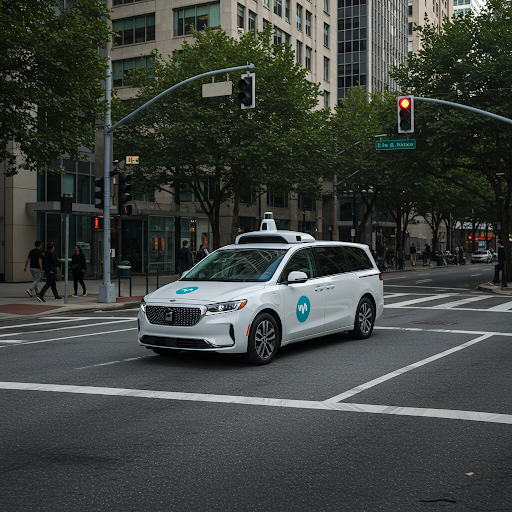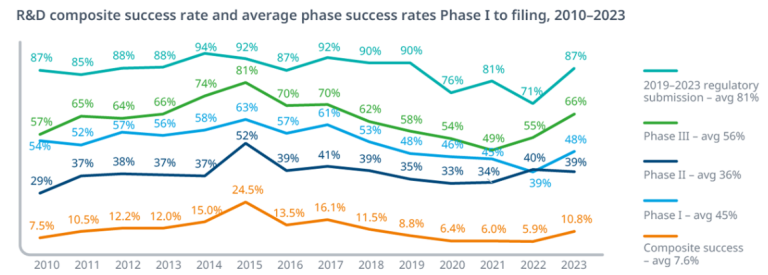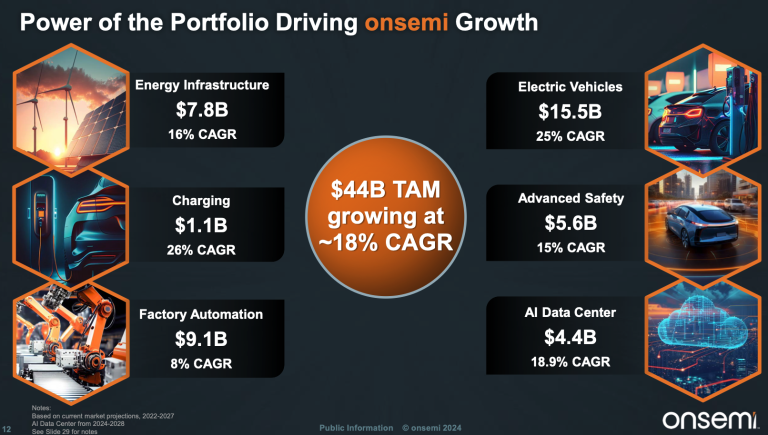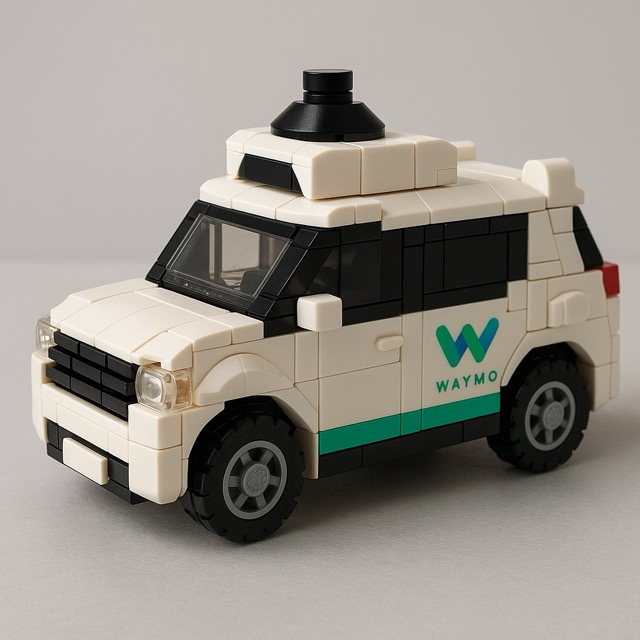Tesla’s Optimus Robot: Can It Win the Race for Our Homes?
Imagine a future where humanoid robots for home use handle our daily chores, like laundry or even cooking. It’s an exciting idea. Tesla, famous for its electric cars and AI, wants Optimus to be a big part of this future of domestic robots. But getting from a cool prototype to a helpful robot assistant in every house is a tough journey. There are many Tesla Optimus challenges ahead, and other smart companies are also racing to create the best home robotics leaders.
Why Tesla’s Optimus Isn’t a Sure Thing
Making a truly useful general-purpose home robot like Optimus is a giant task, with difficult problems to solve on many levels.
- Getting a Grip (Dexterity): Human hands are amazing. They can fold clothes, chop vegetables, or handle fragile items. Making robot hands that are just as skillful is one of the biggest headaches in AI in robotics. As experts point out, soft or foldable things are still a major puzzle for robots. Simple human tasks often need abilities that today’s robots just don’t have.
- Moving Around Your House (Navigation & Adaptability): Factories are predictable, but homes are messy and always changing! Robot assistants need to navigate these “unstructured environments” safely, dodging toys, pets, or new furniture. They can’t just follow pre-programmed paths; they need smart AI in robotics to understand their surroundings and make decisions on the fly.
- Working with People Safely (Human-Robot Interaction): Safety is the top priority for household automation, especially with kids and pets around. Robots need to be super safe and easy to understand. They should get what we mean, even if we don’t say it perfectly, and never cause harm. Honda, after its ASIMO robot, stressed how hard it is to ensure safety when robots are around people.
- Staying Powered Up (Battery Life): For a home robot to be useful, it can’t be plugged in all the time. It needs a long-lasting battery. But powerful computers, sensors, and motors use a lot of energy. Making them energy-efficient is a big engineering problem for any robot assistant.
- Super Smart Software (AI Sophistication): Optimus aims to be a do-it-all robot. That means its AI brain needs to be incredibly smart – understanding all sorts of commands, learning new jobs quickly, and handling surprises with common sense. Making an AI this general and reliable for lots of different chores is a massive software challenge. Past robots didn’t catch on partly because they couldn’t connect with people or understand things in a subtle way.
Making Millions of Robots Affordably
- Cost of Making Optimus: Elon Musk hopes Optimus will eventually cost less than $20,000. But building complex humanoid robots for home use cheaply is really hard. Even with Tesla’s car-making experience, robots have different, often very precise parts. Musk said Tesla had to design many Optimus parts from scratch. Advanced human-like robots today can cost over $100,000. Getting that price down for widespread household automation is a huge hurdle.
- Getting All the Parts (Supply Chains): Robots need lots of special parts like sensors, motors, and computer chips from all over the world. Problems getting these parts could slow down making lots of Optimus robots.
Lots of Competition from Other Home Robotics Leaders
Tesla is a big name, but they’re not the only ones working on humanoid robots. Many other companies and research groups have been in the robotics industry analysis game for years. They’ve made cool tech and have different ideas about how to build the best robot assistants. This strong competition is another of the key Tesla Optimus challenges.
Ethical Questions and Getting People On Board
Having smart robot assistants everywhere brings up important questions:
- Jobs: Will robots take over jobs people do now, especially for work around the house? This is a big worry about the future of domestic robots.
- Privacy: These robots will see and hear a lot in our homes. How will our private information be protected?
- Acceptance: People will only want these robots if they feel safe, find them reliable, and are comfortable with them. How will having robots change how we live and interact with each other?
Who Else is Building the Future of Domestic Robots?
While Tesla’s Optimus gets a lot of headlines, several other home robotics leaders are making big moves with their own humanoid robots for home use or related tech:
- Boston Dynamics: Famous for its super-agile robots like Atlas, Boston Dynamics is a leader in advanced robot movement and balance. While they’ve often focused on industrial or research uses, their new fully electric Atlas is designed for real-world tasks and shows off the kind of physical skills any robot assistant would need. Their tech is a strong base if they decide to focus more on homes.
- Agility Robotics: Their robot, Digit, can walk on two legs and is designed to work in places made for people, like warehouses, carrying packages. Agility Robotics is focused on making Digit useful in human spaces and recently upgraded it with better battery life and grasping. While aimed at industry now, Digit’s ability to navigate human environments is key for any humanoid robots for home use.
- Figure AI: A newer company getting a lot of attention (and money from big names like OpenAI, Microsoft, and Nvidia), Figure AI is all about general-purpose humanoid robots. Their Figure 01 and 02 robots aim to do many tasks, starting in factories and warehouses, but they see a future for them as robot assistants in homes too. They’re making fast progress in AI in robotics, teaching robots to understand language and learn tasks.
- Sanctuary AI: Their robot, Phoenix, is designed with human-like hands and focuses on human-like intelligence. Sanctuary AI is working hard on the AI control system, called Carbon™, to make their robots learn and adapt to many different jobs, which is exactly what you’d want for complex household automation.
Others to Watch:
- Honda: Though their famous ASIMO robot project ended, Honda says the lessons learned about safety and working with people are helping their current robotics research.
- Dyson: Known for vacuums, Dyson is investing heavily in advanced home robotics beyond just cleaning, looking into vision, AI, and robot arms.
- Research Labs: Places like MIT and Stanford are always creating new breakthroughs in how robots move, grab things, and interact with us, directly influencing the future of domestic robots.
The Reality: A Long Road for Home Robots
Making truly smart and helpful humanoid robots for home use is a marathon, not a quick race. There are big hurdles in making them good with their hands, smart enough to navigate our messy homes, completely safe, and affordable for everyone. Competition between Tesla, Boston Dynamics, Figure AI, and other home robotics leaders helps speed things up, but many of the toughest problems are shared by the whole robotics industry. It will likely be many years, maybe even decades, before we see super-capable robot assistants commonly helping out in our homes.
Conclusion: Optimus’s Bold Dream and the Bigger Picture
Tesla’s Optimus is an exciting peek into the future of domestic robots. However, the project faces enormous Tesla Optimus challenges – from tricky tech to making them affordable and getting society ready. The race to bring truly helpful humanoid robots for home use is on, with many innovative home robotics leaders pushing the limits. Despite the tough road ahead, the idea of advanced robot assistants changing our daily lives is powerful and keeps driving this amazing field of AI in robotics forward.
